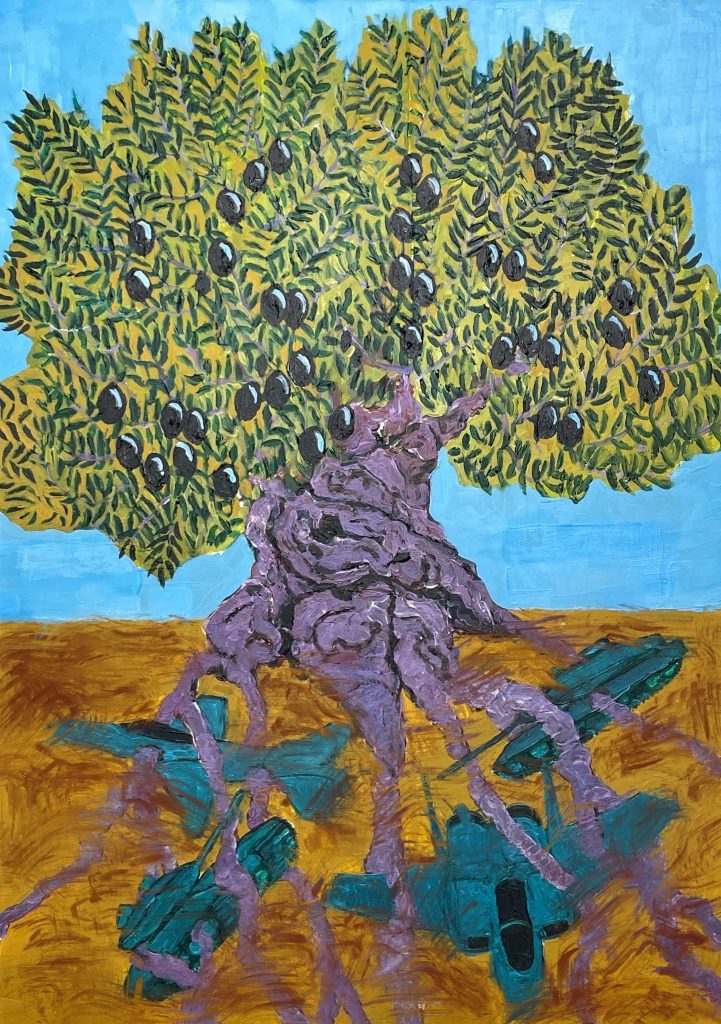These are drawings made in class (tutor Jake Spicer) and after, looking at the whole head, not just the face, and with different tilts.
And here are some additional exercises made from people on Instagram.
These are drawings made in class (tutor Jake Spicer) and after, looking at the whole head, not just the face, and with different tilts.
And here are some additional exercises made from people on Instagram.
These were done in one and a half drawing is free sessions. I am focusing on using pencil for the moment. The tutor on the course I am on, Jake Spicer, points out that pencil lines are not just for outlines and edges, yet I find it hard to free myself of that concept. Another thing I am struggling with is how to do more with fewer marks, especially when drawing time is 2-3 minutes. I really like these sketches done by someone else in the same session.
One of the qualities of pencil lines is “rhythm”. The track for the next drawing was Kate Bush’s Running Up That Hill.
The next one was a blind contour drawing. It’s one I like a lot.
For the next one, I started with multiple horizontal lines and drew the outlines over the top.
Today was the first session of a 6 week online course on drawing portraits, run by the Victoria and Albert museum and led by artist Jake Spicer.
The focus of this first session was on mark-making.

I am an untaught artist. I should reflect more, when drawing, on the quality of my marks, and be more purposeful.
Jake led me to think about marks as a toolbox, a vocabulary, and a structure of symbolism. I liked his framework of thinking about marks from the building blocks of (1) extension (length) that comes in part from the grip on the pencil; (2) weight, relating to the pressure on the implement, that affects width of the mark and the deformation of the surface; (3) the direction, and change of direction, of the strokes; (4) the rhythm of the marks that is analogous to the beat or syncopation of music; (5) the speed of the stroke and (6) repetition or isolation of marks. Looking at a drawing we can almost read the artist’s process and thought from these qualities of the marks laid down.
While he was talking I scribbled an impression of Jake from the thumbnail in the corner of my screen.
Here we looked at the mark-making in three drawings in the V&A collection. The first is what was likely a quick sketch by Welsh artist Gwen John (1876 – 1939). I didn’t note the names of the other two artists, from earlier times, whose drawings we looked at.
We then went through art school-favourite exercises – the unseen and the semi-seen contour drawing before an 8 minute sketch using a reference photo of Jake’s colleague.
In my anxiety to get the whole picture onto the paper lest I be judged badly, I neglected the point of the exercise which was to focus on how to make each mark.

This is the reverse side of a political banner for the march for Palestine this weekend. I don’t know if its meaning is clear without words, but I am trying to convey a sense of hope. The olive tree is widely grown in Palestine, and has deep tough roots from which it can regrow and bear fruit.
Hope is much needed. Have you noticed that the official death toll in Gaza has been static at about 35000 since February, while the onslaught continues and substantial areas are subject to famine? As best I can tell from on-the-ground citizen journalists posting mainly on Instagram, uncounted people are buried beneath rubble and others lie exposed and eaten by animals. The toll of targeted killing, including on health care workers, means there are not enough people with civil authority to rescue, identify, verify, and bury the dead. Counting the dead stopped.
I have seen unofficial and unverified estimates that perhaps 200,000 people have been killed in this phase of the occupation. This is plausible.
I have not yet finished the front of the placard, but this is my initial idea. In the West, what can we do? We have democracies. Let’s use them.
